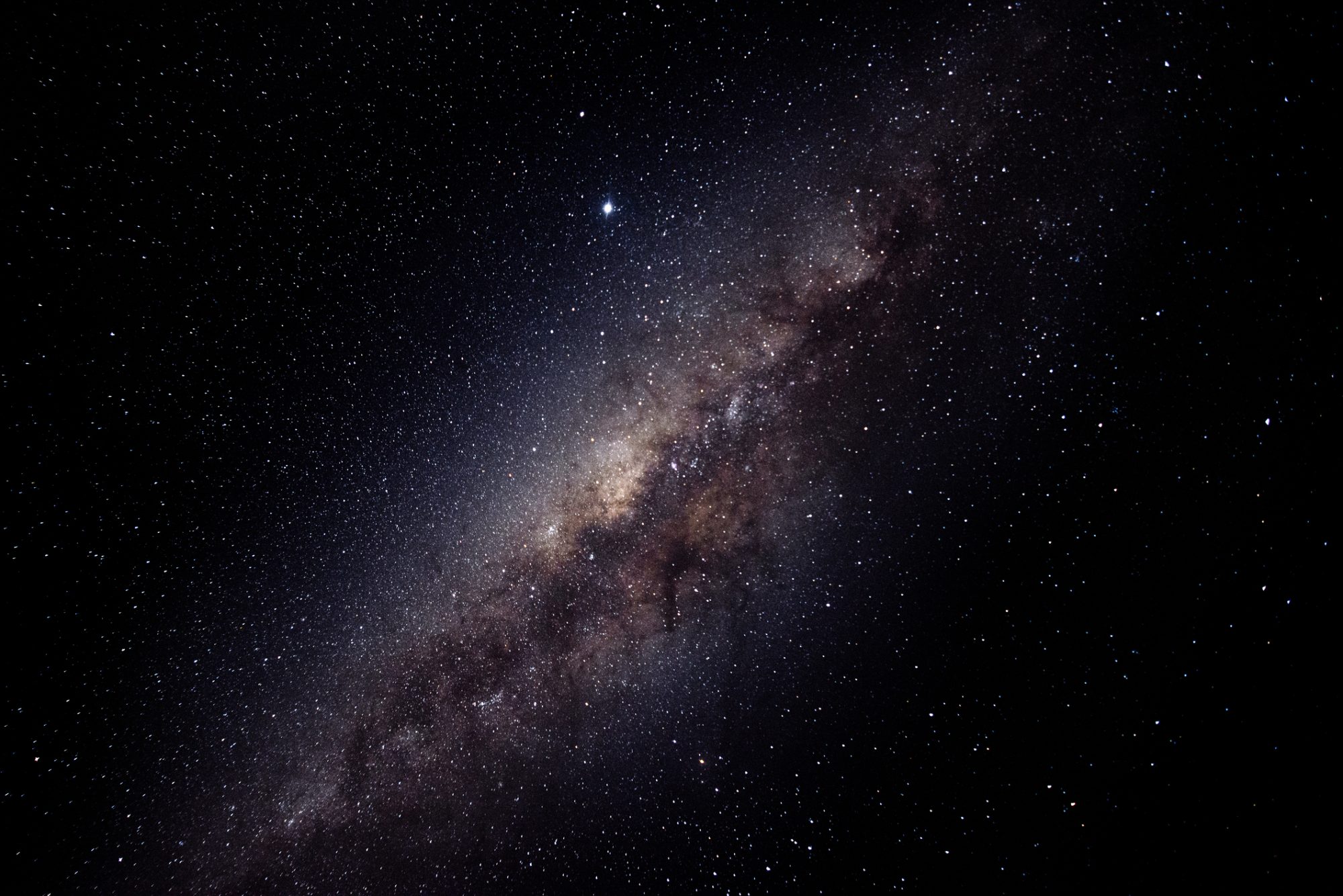A team of scientists, led by researcher Sebastién Comerón, discovers the galaxy NGC 1277 lacks dark matter, challenging cosmological models
The implications of this revelation are profound, prompting a reassessment of prevailing theories about the universe’s composition and evolution.
As the scientific world grapples with the implications of this breakthrough, researchers are eagerly delving into the mystery of NGC 1277, seeking to unlock its secrets and gain a deeper understanding of the nature of dark matter and its role in shaping the cosmos.
A bizarre puzzle within the universe
The groundbreaking discovery by a team of scientists led by researcher Sebastién Comerón at the IAC and the University of La Laguna (ULL) unveiled a perplexing puzzle within the universe. NGC 1277, a massive galaxy several times the size of the Milky Way, has been found to lack any trace of dark matter.
This revelation challenges the prevailing cosmological models, which widely acknowledge the presence of dark matter as an integral component of massive galaxies.
The search for relic galaxies
NGC 1277 is classified as a relic galaxy, a rare galaxy that has remained untouched by interactions with neighbouring galaxies.
These relic galaxies are thought to be remnants of the colossal galaxies that formed during the early stages of the universe.
Intrigued by the potential insights into early galaxy formation, the researchers chose to observe NGC 1277 with an integral field spectrograph, creating kinematic maps that offer an understanding of the galaxy’s mass distribution up to a radius of approximately 20,000 light-years.
Unravelling the mystery of no dark matter
To their astonishment, the team found that the mass distribution in NGC 1277 matched that of its stars, implying that there is little to no dark matter within the observed radius.
The data suggest that only 5% of dark matter is present, though it could be absent. However, this contradicts the current cosmological predictions, which anticipate a galaxy with the mass of NGC 1277 to contain at least 10% dark matter and potentially up to 70%.
How can a galaxy form without dark matter?
Two plausible explanations for the absence of dark matter in NGC 1277. One possibility is that the gravitational interaction with the surrounding medium in the galaxy cluster it inhabits has stripped away the dark matter.
Alternatively, it is proposed that during the galaxy’s formation through the merging of protogalactic fragments, the dark matter was expelled, leading to the relic galaxy we observe today.
For the researchers, neither of these explanations fully satisfies their curiosity, leaving the question of how a massive galaxy can form without dark matter unresolved.
To delve deeper into this enigma, the team plans to conduct further observations using the WEAVE instrument on the William Herschel Telescope (WHT) at the Roque de los Muchachos Observatory on La Palma in the Canary Islands.
Implications for dark matter theories
If the absence of dark matter in NGC 1277 is confirmed, it could have significant ramifications for alternative dark matter models.
Specifically, theories that propose modified gravity as the primary driver of gravitational attraction within galaxies would be called into question.
Another researcher involved in the study, Ignacio Trujillo emphasises that while dark matter might be lost in a specific universe, a modified law of gravity should be universal and not subject to exceptions.
Editor's Recommended Articles
-
Must Read >> Scientists find new way to measure dark matter
-
Must Read >> Mapping the Universe to understand its origin















